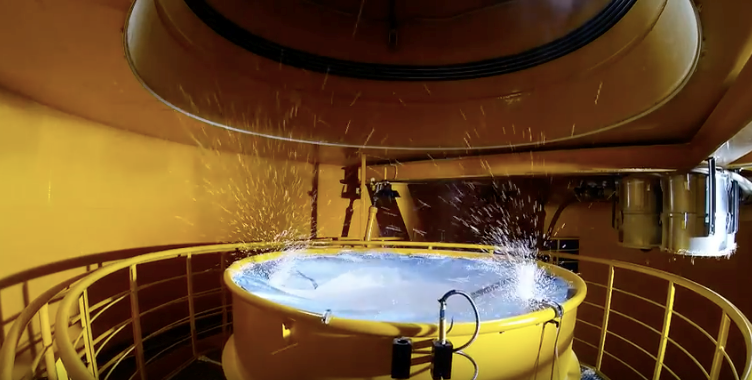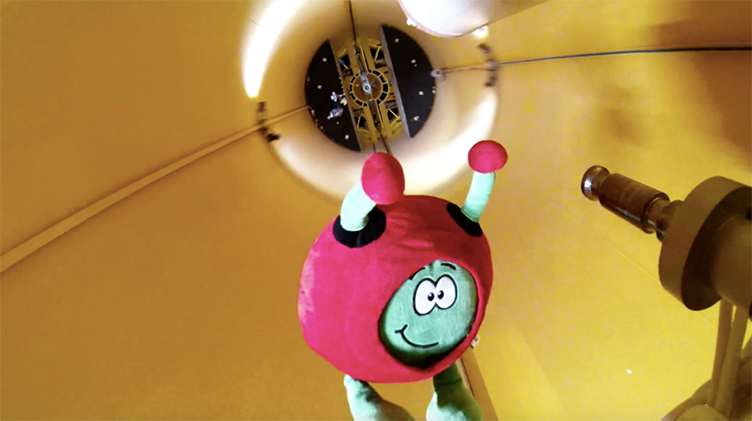
In 2016, Prof. James C. Hermanson was awarded a prestigious Fulbright Fellowship to collaborate with the Center of Applied Space Technology and Microgravity at the University of Bremen in Germany (ZARM). The Fulbright Program supports the academic exchange between the United States and 155 countries. It is one the most respected and coveted scholarships worldwide.

For 6 weeks each summer, Hermanson travels to Germany to work in concert with the Combustion Technology group headed by Christian Eigenbrod on a new DLR-funded project to study the combustion of single oxygen droplets in a hydrogen environment. This combustion problem is relevant to rocket combustion chambers utilizing cryogenic hydrogen/oxygen propellants. The results of the project may have important implications for improving rocket combustion efficiency and stability. Hermanson’s contributions to the research include analytical and numerical modeling of the droplet evaporation and combustion processes. The cryo droplet combustion experiment has completed preliminary design and the team has started planning the fabrication phase.
This project also involves the Institute Photonic Technology (IPHT) in Jena, Germany where droplet ignition by means of a laser pulse is being developed. Eigenbrod and Hermanson first met 15 years ago through an introduction by Dr. Helga Jander of the Institute for Physical Chemistry of the Georg-August University in Göttingen. Hermanson worked at that Institute (the director at the time was Prof. H. Gg Wagner) as a postdoc for six months in 1985. Hermanson’s expertise lies in the areas of combustion processes, compressible flows, two-phase flows and heat transfer.

Tests will be conducted over the coming year in the laboratory as well as in microgravity in the ZARM drop tower. Read more about Prof. Hermanson and related fluids research at the University of Washington on our website.
Partial story credit: https://www.zarm.uni-bremen.de/